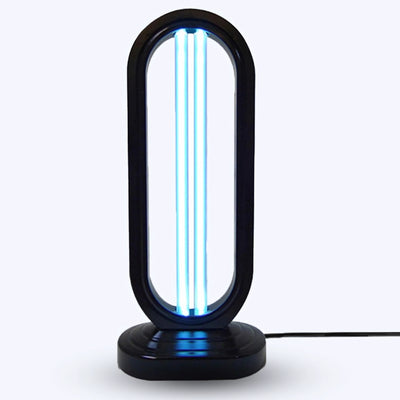Spring is a wonderful season filled with blooming flowers, warmer weather, and more outdoor activities. However, just like humans, pets can suffer from seasonal allergies that can make this time of year less enjoyable. Understanding how to recognize and manage your pet’s allergies during spring can help keep them healthy and happy.

Recognizing Seasonal Allergies in Pets
Seasonal allergies in pets can manifest in various ways, and it's important to be aware of the signs. Here are some common symptoms to look out for:
-
Itchy Skin: One of the most common signs of allergies in pets is excessive itching. Your pet may scratch, bite, or lick their skin more than usual, particularly around the ears, paws, belly, and armpits.

-
Red, Irritated Skin: Allergies can cause your pet's skin to become red, inflamed, and irritated. You might notice this in areas where your pet is scratching or licking excessively.

-
Ear Infections: Frequent ear infections or a build-up of wax and debris in the ears can be a sign of allergies. Pets with ear infections may shake their heads or scratch at their ears.

-
Watery Eyes and Runny Nose: Just like in humans, allergies can cause pets to have watery eyes and a runny nose.

-
Sneezing and Coughing: Persistent sneezing and coughing can indicate that your pet is suffering from seasonal allergies.

-
Hair Loss: Excessive scratching and licking can lead to patches of hair loss.

Managing Your Pet’s Seasonal Allergies
Once you’ve identified that your pet has seasonal allergies, there are several steps you can take to help manage their symptoms and provide relief.
-
Visit the Veterinarian: Before starting any treatment, it's important to consult your veterinarian. They can help diagnose the allergies and recommend appropriate treatments, such as antihistamines or other medications.

-
Regular Bathing: Bathing your pet regularly with a hypoallergenic or medicated shampoo can help remove allergens from their skin and coat, providing relief from itching.

-
Keep Your Home Allergen-Free: Regularly clean your home to reduce allergens. Vacuum carpets, wash bedding, and use air purifiers to help remove pollen and dust from the air.

-
Wipe Down After Walks: After outdoor activities, wipe your pet’s paws and fur with a damp cloth to remove pollen and other allergens.

-
Healthy Diet: A healthy, balanced diet can help strengthen your pet’s immune system and reduce the severity of allergic reactions. Consider adding supplements like omega-3 fatty acids, which have anti-inflammatory properties.

-
Avoid Allergen Hotspots: Try to avoid walking your pet in areas with high pollen counts, such as fields or parks during peak pollen times. Check local pollen forecasts to plan your outdoor activities.

- Medications and Treatments: Your vet may prescribe antihistamines, corticosteroids, or other medications to help manage your pet’s allergy symptoms. In some cases, allergy shots or immunotherapy may be recommended.
Conclusion
Seasonal allergies can be a nuisance for pets, but with proper care and management, you can help alleviate their discomfort and enjoy a pleasant spring together. By recognizing the symptoms early and taking proactive steps, you can ensure your furry friend remains healthy and happy throughout the season.
For more tips and advice on pet care, visit our blog regularly and keep your pet’s health in check all year round!























